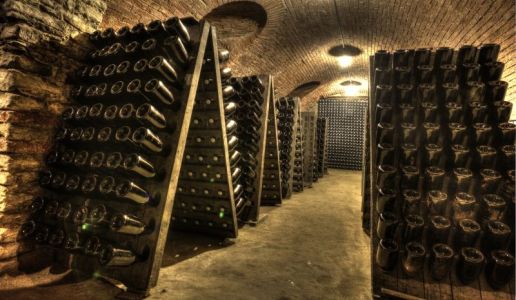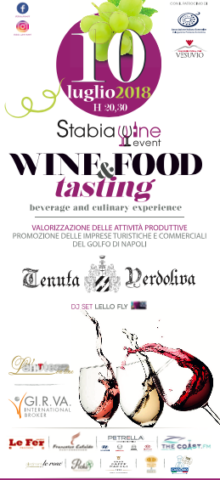Tradition Method: terroir and style

A recent tasting of traditional method sparkling wines comparing different terroirs and styles demonstrated how the styles producers choose can add value to wines from lesser known areas.
A master class organized for Open Wine by Partesa offered an interesting occasion for an across the board comparison of wines from different areas and produced using different winemaking styles. The only common denominator was that all were made according to the Traditional Method, Méthode Champenois, and not only were the origins of the wines different but above all producers had an identifiable vision and style that made their wines unique to them. The experience was stimulating and intriguing because the stylistic choices of the various producers allowed us to not only comprehend the potential of certain zones and varietals but also the beauty of all the different expressions possible being able to meet the different tastes of consumers.
For me what was interesting was how the choice of winemaking methods can significantly enhance the value of certain varietals that are often found in underrated appellations, compared to the better-known areas of production. This also confirmed my personal view that the Traditional Method is a winemaking practice in which the human factor is equally important as the natural one produced by the combination of varietals, climate and terroir. Comprehending the wines was made easier at the tasting by the fact that different winemaking styles were what determined the order of the tasting because whereas had it been based on more ‘classic’ criteria – like dosage or vintage – it would have been misleading.
Among the wines at the tasting were epitomized the differences were Verve, a Metodo Classico Extra Brut from Vigna Olcru, an estate in Oltrepò Pavese that is relatively new given that the owners bought their 29 hectares of vineyards in 2004 and finished setting up their winery in 2013. This wine demonstrated how long aging in the bottle, after disgorgement and before being sent to market, determined an already pleasing evolution of sensations and complexity compared to wines of the same period, like Franciacorta Riserva Pas Dosé Girolamo Bosio 2009, which was made using a more subtle style, thanks also to the presence of 30% Chardonnay. Then there was Champagne Drappier Grande Sendrée 2008 (reviewed HERE) which while a year older and from a cooler year had greater structure due to being matured in wood after malolactic fermentation. This is an extremely lissome and elegant wine, which has yet to make its debut, thanks to sitting almost eight years on the lees, the source of youth for any cuvée de prestige. Among the wines from areas that are far from the Traditional Method limelight was Lessini Durello DOC Metodo Classico from Ca' Rugate which had character and personality. Another area with great potential is Santo Stefano Belbo in Piedmont but this time not for the Moscato, for which it is well-known, but a Traditional Method made great care and expressiveness from Pinot Nero and Chardonnay: Marcalberto.

 Italiano
Italiano














